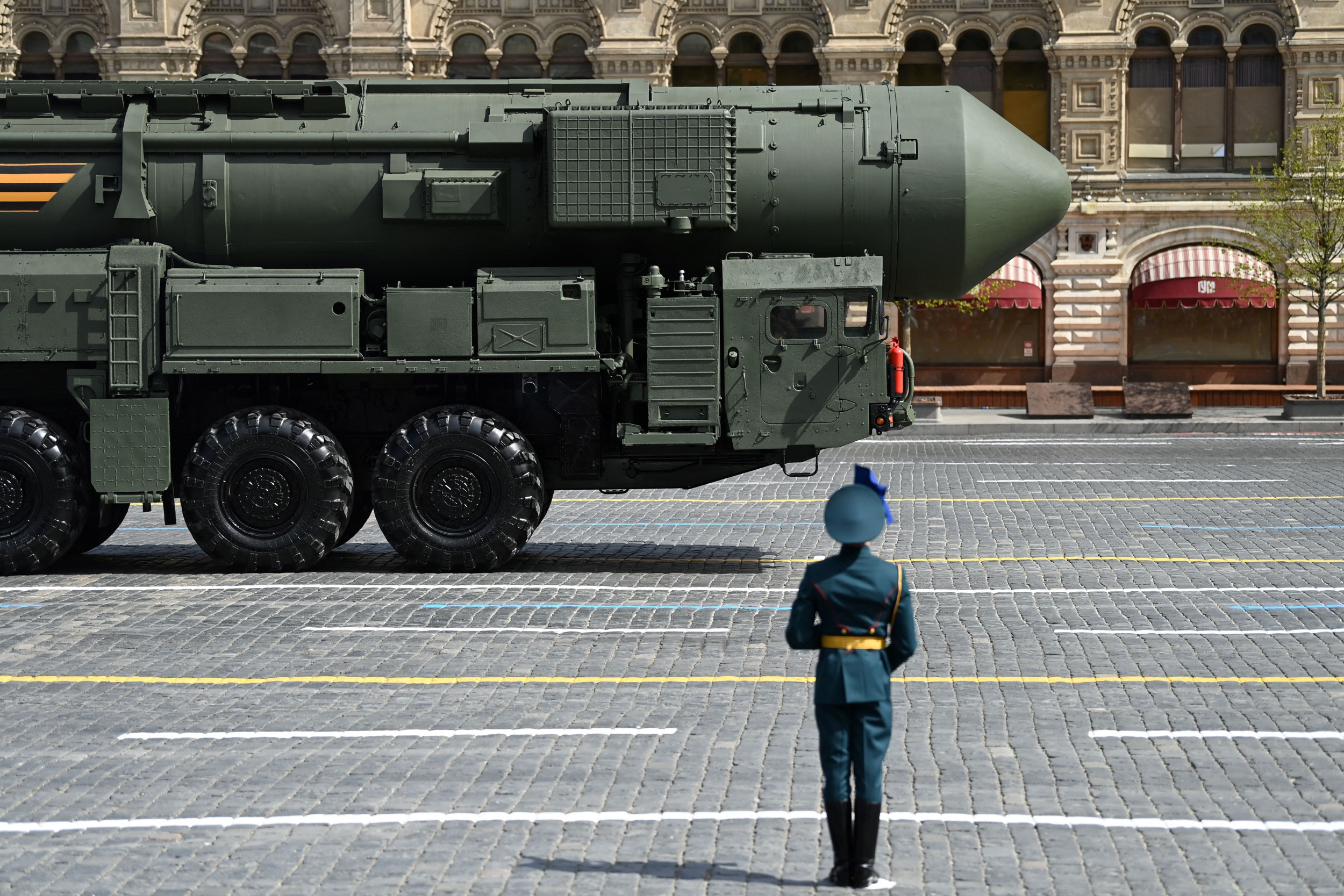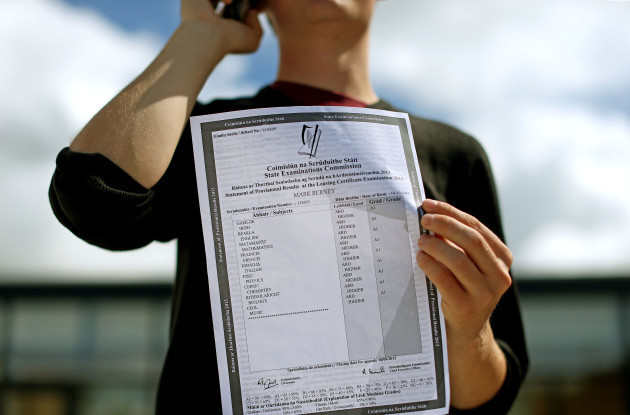Russia's Missile Strike on Ukraine: ICBM or IRBM? The World Reacts
On Thursday, a missile strike on southeastern Ukraine ignited a firestorm of controversy and speculation. Kyiv officials claimed it was an intercontinental ballistic missile (ICBM), a claim quickly disputed by U.S. officials who identified the weapon as an experimental medium-range ballistic missile (IRBM). This discrepancy highlights the complexities and challenges of information verification amidst a prolonged and volatile conflict. The distance from what Ukraine said was the launch point to the strike location in Dnipro is about 600 miles, a distance shorter than what an ICBM would be expected to travel.
Conflicting Reports and International Response
The conflicting reports have created a whirlwind of uncertainty and raised concerns amongst international observers. Ukrainian President Volodymyr Zelenskyy, in a statement on social media, asserted that the missile's parameters matched those of an ICBM, pending expert evaluation. Conversely, U.S. officials, while acknowledging the launch of a ballistic missile, downplayed the ICBM claim, suggesting that Russia likely only possessed a limited number of these experimental missiles. This significant difference of opinion, between the main belligerents and a key ally of Ukraine, underscores the need for thorough investigation and impartial assessment. The US briefed Ukraine and other close allies and partners on Russia's possible use of this weapon in order to help them prepare for it.
The Missile's Capabilities
A U.S. official confirmed that the missile contained MIRVs, or multiple independently targetable reentry vehicles, capable of hitting multiple targets simultaneously. However, it's crucial to note that while MIRV technology is commonly associated with ICBMs carrying nuclear warheads, the missile used in this incident did not carry nuclear warheads. Two experts told ABC News the projectile, seen in video circulating online, looks likely to be “a ballistic missile with MIRV-ed capabilities.” This raises questions about the strategic objectives of the attack, whether primarily military or demonstrative in nature.
Russia's Justification and Escalation Concerns
In a televised address following the missile launch, Russian President Vladimir Putin asserted Russia's right to use weapons against military facilities of countries that allow their weapons to be used against Russia. He stated, "We consider ourselves entitled to use our weapons against military objects of those countries that allow to use their own weapons against our objects. In the event of an escalation of aggressive actions, we will respond decisively and in a mirror manner." This assertion links the missile strike to Ukraine’s recent use of long-range missiles provided by the US and UK, marking a significant escalation in the conflict.
Putin's Remarks and Nuclear Doctrine
Putin's remarks are significant considering he also claimed that the missile tested was “one of the newest Russian medium-range missile systems,” adding that it was a “ballistic missile with a non-nuclear hypersonic equipment” and that the “test was successful.” This aligns with the U.S. assessment of an experimental medium-range ballistic missile. Earlier this week, the Kremlin announced that Putin had updated the country's nuclear doctrine, lowering the threshold for a nuclear response. This further intensifies concerns regarding the potential for a catastrophic escalation.
Ukraine's Response and the Ongoing Conflict
Ukraine's military tracked the launch of the missile, along with six additional missiles targeting the Dnipro region. While all the missiles were launched within a two-hour window, only the suspected ICBM reached its target; the others were intercepted. Ukraine's assessment that the strike targeted businesses and critical infrastructure indicates a calculated strike, aimed at disrupting essential services and infrastructure rather than pure destruction.
Zelenskyy's Response and International Support
Ukrainian President Zelenskyy characterized the Russian strike as a demonstration of Putin's fear, stating, "Obviously, Putin is terrified when normal life simply exists next to him. When people simply have dignity. When a country simply wants to be and has the right to be independent." This portrayal of the event underscores the broader political context of the conflict and the underlying motivations driving Russian actions. This week, Ukraine's military launched its first U.S.-made ATACMS missiles against Russian targets. The launch of the missile arrives amid concerns that the conflict between Russia and Ukraine could further escalate. This week, Ukraine's military for the first time launched U.S.-made ATACMS missiles toward targets within Russia, days after U.S. President Joe Biden allowed for such use of the long-range weapons. The incident underscores the volatile nature of the conflict and the ongoing need for international support and diplomatic efforts to de-escalate tensions.
Unraveling the Mystery: A Deeper Dive into the Ballistic Missile Debacle
The incident highlights a critical need for transparent information sharing and thorough investigation. The ongoing conflict in Ukraine requires constant monitoring and international collaboration to prevent further escalation. Discerning between deliberate misinformation and honest mistakes in the heat of a war is crucial for understanding and appropriately reacting to the evolving situation. The global community should maintain a vigilant posture, promoting de-escalation and seeking resolution while keeping the focus on humanitarian aid to affected populations. The consequences of an erroneous assessment or misunderstanding could be catastrophic.

















